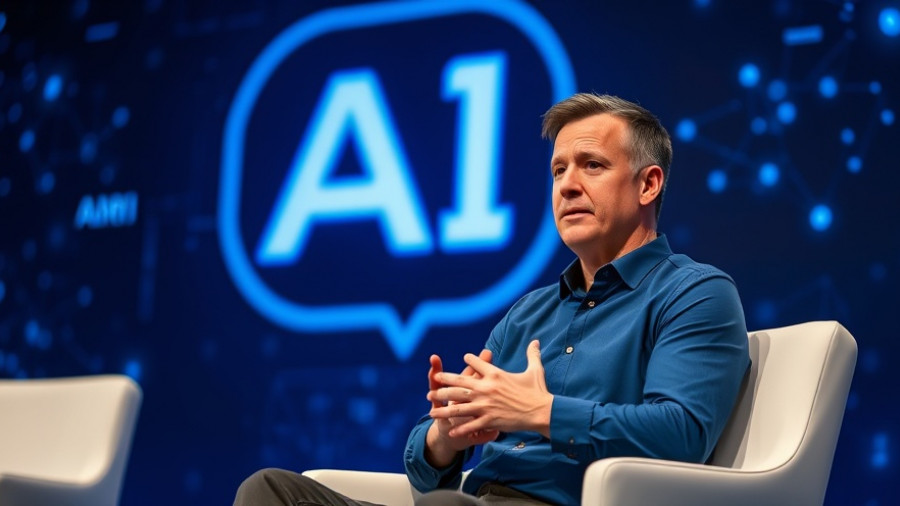
Are We in an AI Bubble? Understanding the Current Climate
The rise of artificial intelligence (AI) has sparked fervent discussions about whether we are in a bubble similar to those seen in past tech booms. With major players like OpenAI and Nvidia making colossal investments, some experts caution against overvaluation.
What is an AI Bubble?
An AI bubble refers to a market condition where the expectation of future profitability drives asset prices beyond their intrinsic value. This situation echoes previous tech bubbles—like the one during the dot-com era—where excessive speculation overshadowed actual revenue and sustainable business models.
Current Investments and Valuations
In a recent exploration, analysts note the “increasingly complex and interconnected web of business transactions” that currently characterize the AI market fuels concerns about overvaluation. For instance, Nvidia's plans to invest up to $100 billion in OpenAI illustrate the bold moves investors are making, but they also evoke memories of circular financing arrangements from the late 1990s, where inflated valuations were prevalent.
Contrasting Perspectives: Is This Just the Beginning?
Conversely, some industry analysts, including those at Goldman Sachs, argue that this is merely the start of a long-term growth trajectory. They point out that current investments in AI represent less than 1% of GDP, a figure much lower than previous tech booms like the railroad and internet revolutions.
Goldman Sachs posits that the long-term economic potential of AI—which they estimate could contribute as much as $20 trillion to the U.S. economy—justifies current investments, signifying that the market's real value remains largely untapped.
Future Predictions: Sustained Growth or Slumping Risks?
The disparity in viewpoints emphasizes a critical turning point in how investors and tech leaders approach AI's future. Some believe that ongoing improvements in productivity and AI's economic contributions will continue to drive investments, whereas others warn that market fluctuations could lead to a sharp downturn if valuations are not grounded in tangible outcomes.
Real-World Implications of Being Caught in a Bubble
If the AI bubble pops, the fallout could lead to issues resembling those following the dot-com crash. Companies could face significant losses, layoffs, and the loss of investor confidence. The real question remains whether long-term profitability can match current soaring investments.
Emerging technologies such as agentic AI and further advancements in computational techniques create both excitement and uncertainty. Companies leveraging these technologies must tread carefully and optimize their strategies to avoid potential pitfalls.
Developing a Mindset for AI Investment
As we analyze these trends, it's vital for investors and consumers to cultivate a discerning mindset. Understanding the pressures of overvaluation versus legitimate business models can help navigate this evolving landscape. Investment in AI may still yield high returns, but awareness of its volatile nature is essential for sustainable growth.
The Way Forward: Caution and Insight into AI Expansion
Ultimately, adopting a measured approach to AI investment could spell the difference between success and failure. Stakeholders are encouraged to focus on sustainable practices, sound planning, and a clear vision for integration into broader economic activities. As AI continues to evolve, so too must our understanding of its potential risks and rewards.
 Add Row
Add Row  Add
Add 




Write A Comment